The following article is an excerpt from The Complete Guide to Macro and Close-Up Photography by Cyrill Harnischmacher.
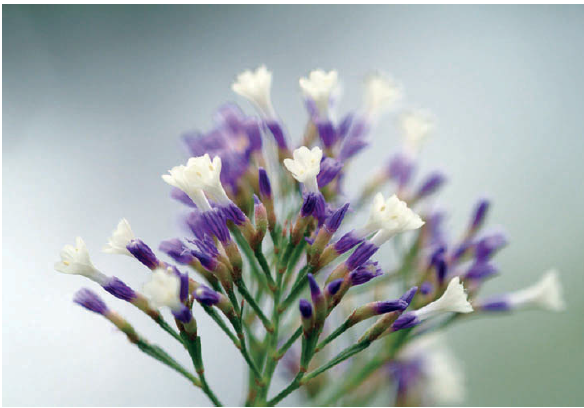
Along with lighting, depth of field is one of the key limitations for macro photographers. Depending on the magnification, it can drop down to millimeters or even tenths of a millimeter. One mistake that beginning macro photographers often make is paying too much attention to the positioning of the subject itself and not enough attention to its background with regard to how it figures into the overall composition. Not attending to the background thoughtfully may result in images where the subject doesn’t pop out sufficiently or where too many distracting details clutter the image area. Pay attention to all of the elements within your image, and pay special attention to the extent to which each of these elements is located within the depth of field.
Positioning the Focal Plane
When working with a wide-open aperture, the focal plane effectively represents the entire functional depth of field. When photographing insects and other small animals, it’s important to position the focal plane on the subject’s eyes. Any photo with a subject’s eyes out of focus will be interpreted as a mistake.
When working with abstract subjects, the question of where to position the focal plane is less straightforward. In these cases, determine what part of the image should carry the added significance of appearing sharp. Once you’ve settled on that, you may want to use the rule of thirds or the golden ratio to finish composing your image. In some cases, it may be valuable to sacrifice some depth of field for the purpose of realizing a specific intention.
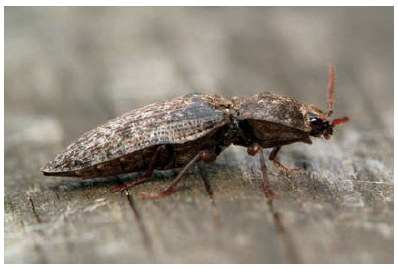
Beetle on a tree trunk. The focal plane is positioned exactly on the subject’s eye, with even the closest parts of the shell already blurred. The surface of the wood clearly shows the very narrow depth of field. f/8, 1/60 s, ISO 400, 150mm
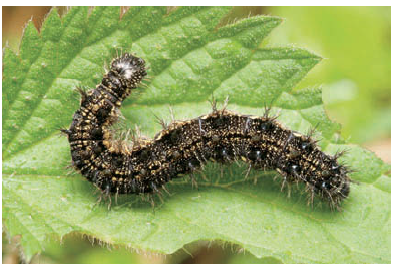
Caterpillar on a nettle leaf. Here the focal plane is positioned precisely on the subject’s back. The blur in some areas, such as the spines pointed upward, is barely noticeable. f/9.5, 1/60 s, ISO 400, 105mm
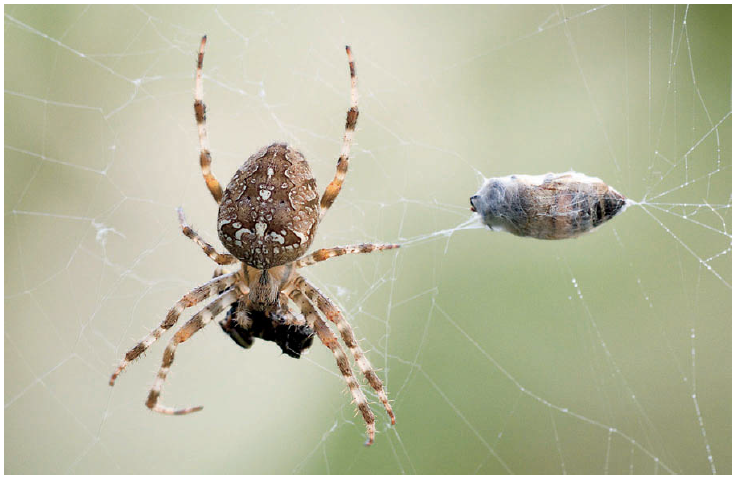
Spider with prey. The subject stands out dramatically from the background, thanks to the right shooting position and
the use of a wide-open aperture with a DSLR.
f/5.6, 1/250 s, ISO 640, 180mm
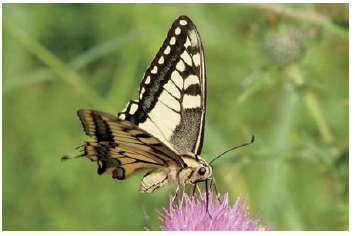
Swallowtail butterfly. Sometimes you have to live with
compromises. For this shot, f/8 wasn’t sufficient to capture the entirety of the butterfly in focus, and it would
have been preferable to have the background be even
more blurry.
f/8, 1/250 s, ISO 400, 150mm
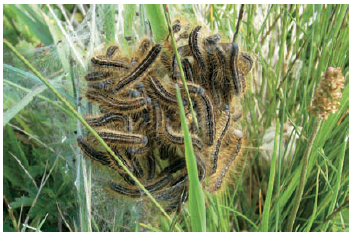
Caterpillars by the wayside. Compact digital cameras
come in handy when you need as large a depth of field as
possible because they have such small image sensors.
Panasonic FX3, f/4.1, 1/100 s, ISO 100, 12.2mm
Photo: Karl-Heinz Frey
Layers of Depth
Composing an image to feature layers with varying degrees of sharpness profoundly increases its spatial depth. Objects aligned along a diagonal and sequences of repeating identical or nearly identical elements tend to underscore this effect.
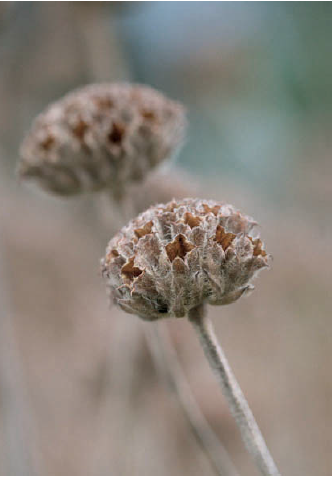
The increasing level of blur as you move farther into the picture creates a profound sense of spatial depth
f/7.1, 1/100 s, ISO 2000, 180mm
Bokeh
The properties of a lens determine the aesthetics of an image’s blur, or its bokeh. The look and feel of the transition areas between what appears sharp and what does not technically is determined by the number and orientation of the aperture blades along with the selected f-stop. In more compositional terms, the positioning of specific elements within the image area plays an important role in the appearance of blur. Other factors including the source and intensity of the lighting also come into play. For example, you can influence the quality of an image’s blur by lighting the background in a certain way or using as diffuse light as possible to alter the atmosphere of the scene.
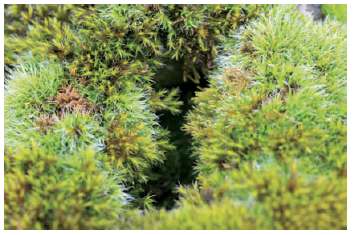
Bed of moss at f/9. The focus is positioned in the top
third of the image on one of the overhanging bits of the
moss. The blurry foreground establishes spatial depth.
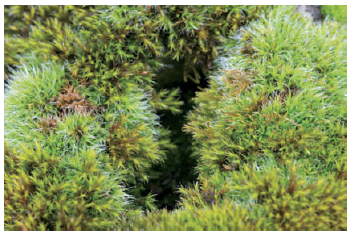
Bed of moss at f/14. The focus is positioned in the lower
third of the image somewhere between the pieces of moss. This version feels less cohesive compositionally, even though more of the subject falls within the depth of field.

There are many creative opportunities when working with a wide aperture and the extremely tight depth of field it produces. Here the image comprises different regions of increasing
blur. The foremost blossoms are more or less sharp, the ones immediately behind them are already a bit blurry, and the ones near the back are completely out of focus.
f/4, 1/30 s, ISO 200, 150mm
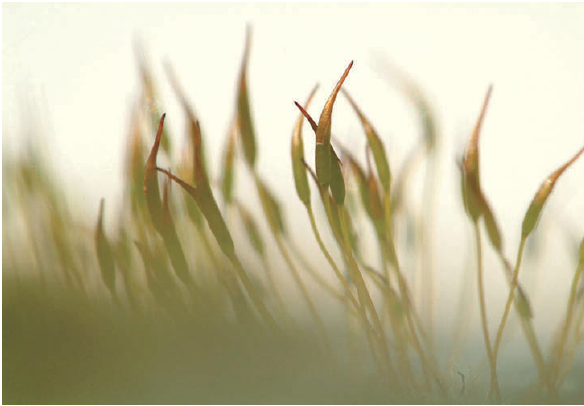
Dive even deeper into the macro realm, and the depth of field for an open aperture shrinks to mere millimeters. Blur can be used creatively in these settings, too. This image relies on a limited palette of colors and blur to produce a subtly expressive atmosphere. The look and feel of blur is known as bokeh.
f/5.6, 1/1,250 s, ISO 160, 150mm
